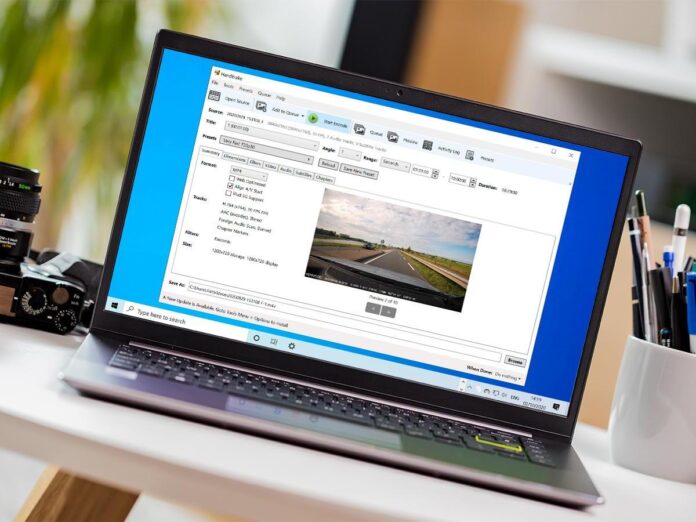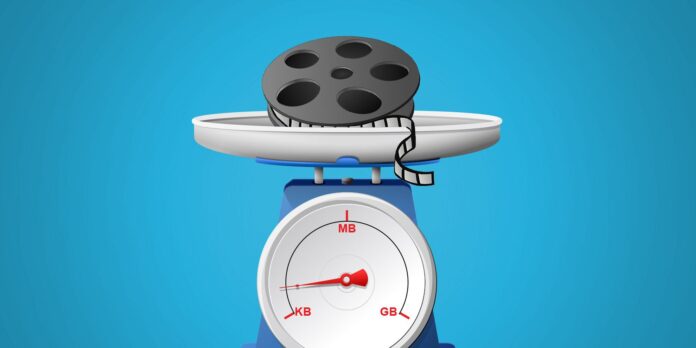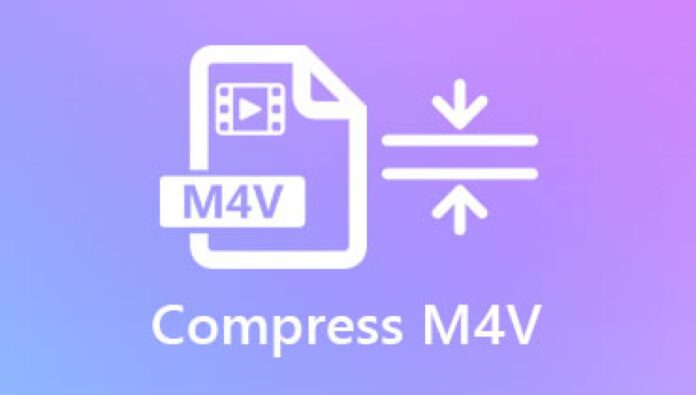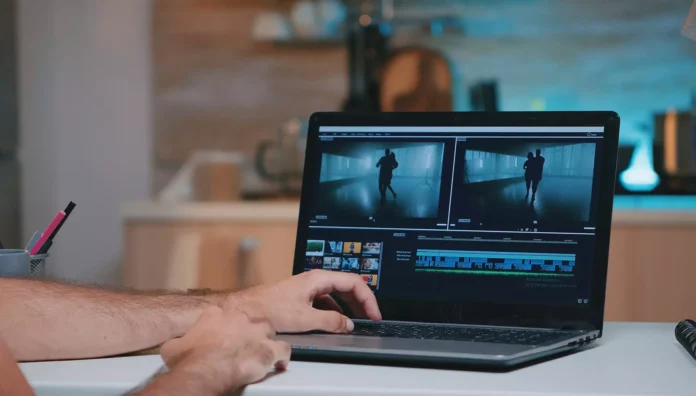Video conversion, manipulation and rendering and everything else is a pretty difficult and demanding job. There are multiple issues that people in this line of work face and today we will address at least one of those that is the most common.
When it comes to videos there are several things you can do to a video, and depending on what you need you can increase or decrease its size, improve the quality of the output, make it more bright or dark and numerous other things. When it comes to these jobs there are multiple issues that you can face and the most common one is a reduction of quality whenever you try to convert your videos.

The video conversion is used to transfer and play your video on multiple platforms from PC to mobile and consoles. You can also convert your video to a different format in general or convert it to different video quality, like from 720p to 1080p or larger depending on your needs. To do these types of jobs you need some software for it and there are multiple ones out there. Depending on which format, speed, quality or anything else’s you are trying to achieve you will need to pick the appropriate app for the job. One such is winxdvd.com, and if you have a job like this at hand, check it out.
Now, whenever we speak of conversions we talk about transferring smaller formats to bigger ones or vice versa. You can also affect the quality of your videos in the same way. Now to do a successful conversion you have to have the correct software that will allow you successful conversion without loss of quality.

When it comes to the topic of the day, the answer is yes conversion will affect the quality of your videos but only if the software for the job is bad and if you don’t know what you are doing. Now conversion in some apps is easy and all you have to do is pick a preset and click on it and the app will do the job for you, but the result you end up with might not be satisfactory. What you need to do I go a bit deeper and understand a few things to have any conversion successful and up to your standards.
Now since we mentioned presets, most software out there offers these presets and you can have an mp4 file converted to anything that and android or iOS supports with a few simple clicks but if you do not know any other important parameters you will end up with a video that plays just fine and sounds fine but looks awful. To avoid this, we will give you insight into a few things.

Resolution is very important when you are doing conversions. Most top-of-the-line smartphones today can play higher-quality videos but when doing a conversion from let’s say 4K video to something you can play on a smaller screen like your smartphone retaining the 4K resolution is pretty much pointless. Although your phone can play 4K video files the resolution you will end up with is not something that will please your eyes. What you need to do is “play around” with software settings and manually input the screen resolution of your smartphone to get the best results. This way you will reduce the file size of the video and it will make it look so much better on your phone.
Aspect ratio plays a big role in your video quality output as well. You all probably know that the standard aspect ratio to any flat screen like a TV or your PC display and is 16:9. If you try to convert a video to a format suitable to your smartphone or any other device not supporting this will result in a stretched or shrunk picture that will be very difficult to watch. This is why whenever you are playing with output presets you need to check out what the standard aspect ratio of that device is and convert it that way. Making a conversion to a bad or unsupported aspect ratio will result in loss of information in the video, meaning if the ratio is bigger than supported you will have a very stretched video where the end borders will be hidden and thus information from those places invisible to the user. If it is smaller than normal you will gain a lot of black bars around your video and yet again everything will be too small for you to see.

Frame rates are also important for you and different devices have different capabilities when framerates are in question. Some standards of video framerates are 25 FPS and messing up these might result in the video not playing at all to playing but very poorly and choppy. You should know what framerate playback your devices are capable of and if it is not supported by the presets change this manually so you don’t end up with a corrupt or bad video.
Bitrate is something we all know exists in audio files and it is very important when trying to achieve a top-quality sound, but what most don’t know is that video also has a bitrate and it shows the number of bits displayed during the time. As it is in audio files the more the bitrate the better the sound, the higher the bitrate of the video is means you have a better picture quality. Another thing to know is the bitrate your devices support and be careful not to go over that because you may end up with a video that won’t play at all while going below that isn’t too bad, but the quality of the video will suffer a lot.

The bottom line for all this is that you need to find good software that will handle all your video conversions professionally. If you use this type of software occasionally and not professionally maybe you don’t need to go for paid software off the bat, but if you deal with professional work you need to find a decent one that isn’t going to break your bank. Video conversion software can be found anywhere and those paid ones are great and cover a lot of features and formats which should be very important to you. The free ones aren’t all bad and you can stumble on a good one that will have you covered in most cases, depending on your needs and desires, of course.





![Calgary’s Hottest Neighborhoods for Luxury Homebuyers [2024]](https://thewashingtonote.com/wp-content/uploads/2024/04/Calgary-324x160.png)



